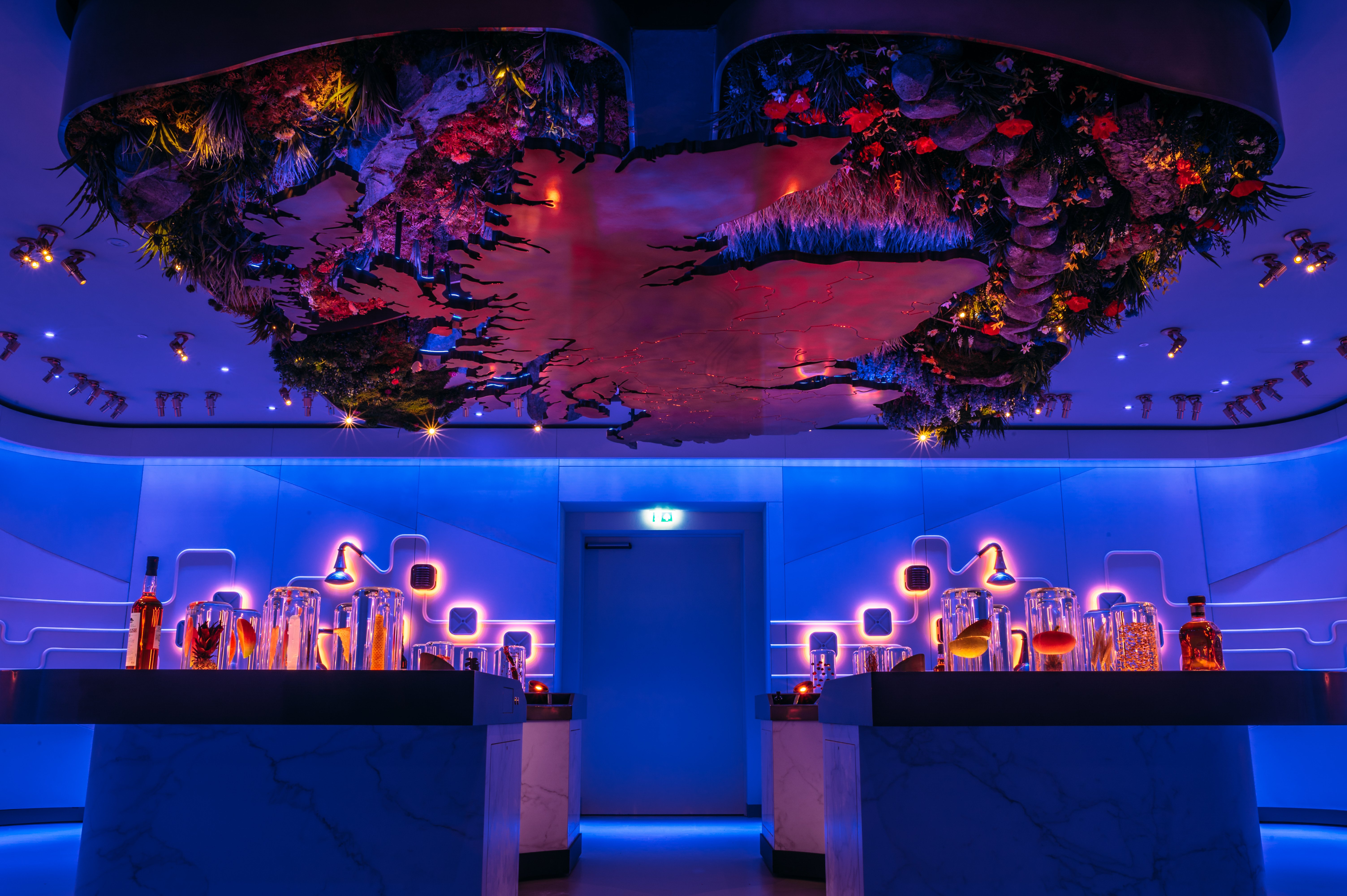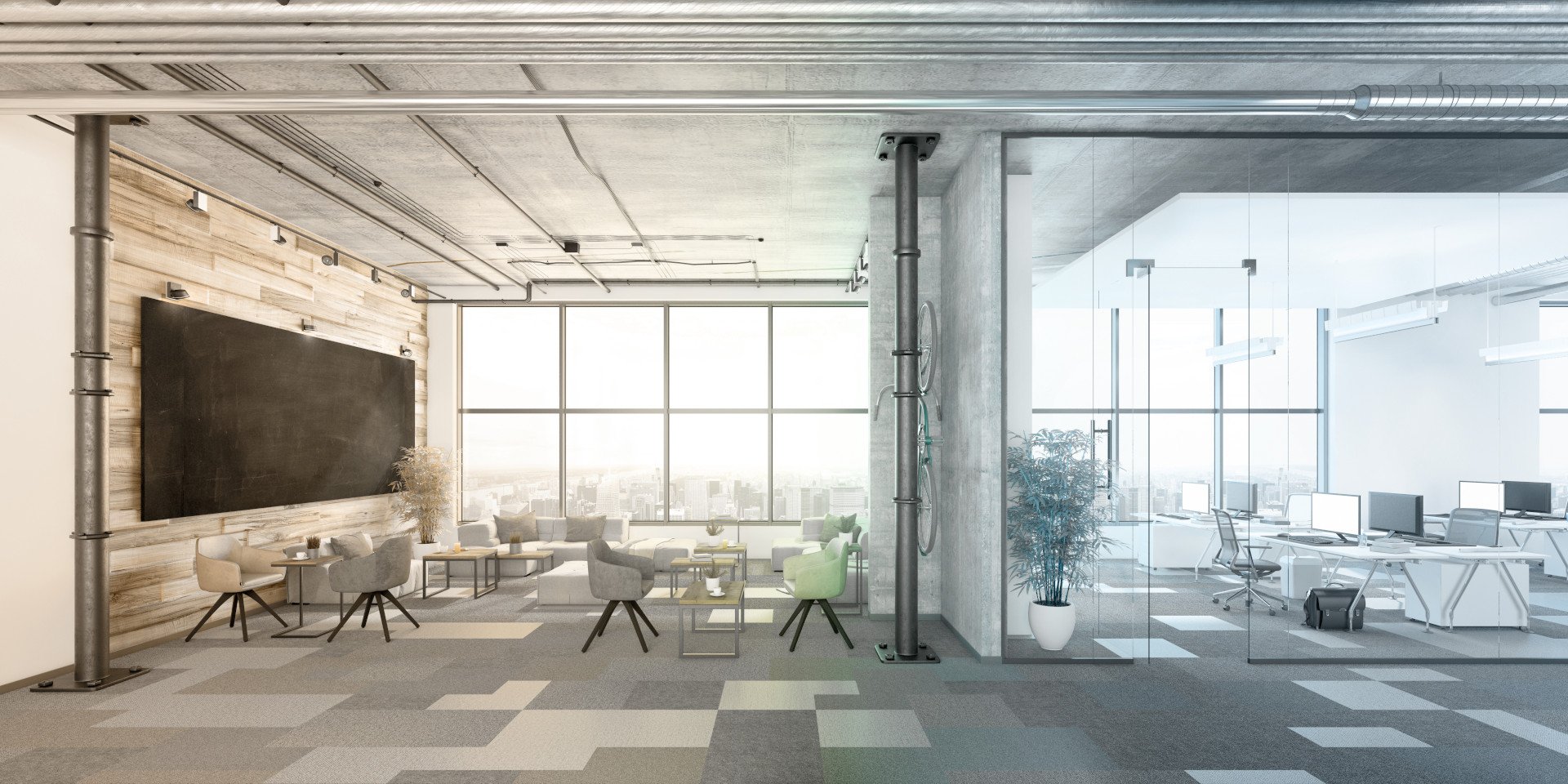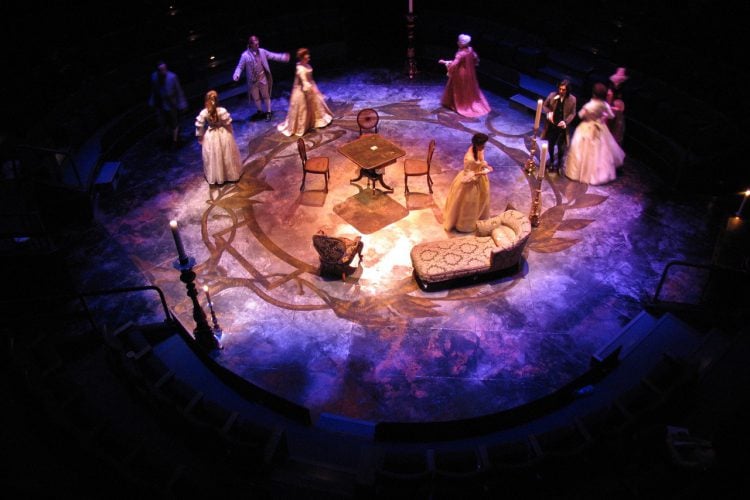Outreach is at the heart of the Alvin Ailey American Dance Theater. For nearly 60 years, the company has introduced communities to modern dance and inspired people all over the world. The Ailey Company has been responsible for sparking a new love for the arts and launching the dreams of generations.
One of those dreamers is Al Crawford, who has been the lighting director for the Alvin Ailey American Dance Theater since 1998. He was wowed by the lighting during an Ailey show as a young student and it inspired him to put an incredible amount of effort into learning the craft, to eventually become a world-renowned lighting designer.
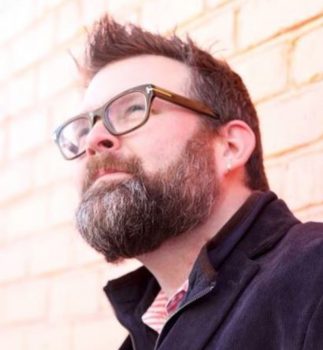
When he joined the Ailey crew, Al reached out to the legendary Ailey lighting designers before him, which increased his connection to the company’s history and gave him the opportunity to hear about the creative process and feeling they used to design the lighting for some of the pieces they still perform today. When we met for an interview, Al talked about honoring the work of the previous lighting designers, while creating new designs with a modern twist.
He also explained how he fights burnout. Al relies on his life off the road and his lighting company, Arc3 Design, to keep him grounded. He gave good advice on how to stay invested in a show, even if you’ve seen it over and over again. Alvin Ailey choreographed the famed Revelations in 1960. It has since graced hundreds of stages around the globe and is known in the lighting world for its iconic warm sun. It could be very easy to lose the historical connection and meaning of Revelations after seeing it thousands of times, but Al has found a way to keep seeing the same spark he saw in the Ailey show years ago that lit his way to becoming an award-winning lighting designer.

You can read my interview with Al below. His is the fourth and final interview I did with the Ailey crew in 2013 at Chicago’s Auditorium Theatre. (You can read my interviews with Production Stage Manager Kristin Colvin Young here, former Head Electrician David Kerr here, and late Technical Director E.J. Corrigan here.)
I would like to thank the crew for taking time out of their already busy schedule to sit down with me to talk about the unique culture of the Ailey company, life on the road, and their passion for their work. Chatting with them and seeing a show by the Alvin Ailey American Dance Theater in person for the first time was an unforgettable experience!

Me: How do you make this work, having your own company and being on the road so much? How do you find that balance?
Al: It is indeed a delicate balance. For me, Ailey is home. Ailey is where this all really began for me, ultimately. It’s the place that I was inspired by as a young student in theater. It’s the place that I thought would be a great home for me to craft my skills and my eye, and to build relationships that I knew would be incredibly important to my career for the rest of my life. And it definitely has been. The lighting designers, the electricians, the technical directors, venues, choreographers, the crews we work with here, all those things have been incredible influences in how my career trajectory went. When I first came to Ailey, I had to zone in. I had to really be here, and it took that complete concentration on the product and learning the product, learning everything about the company, so I could really hone it.
After about a decade of just being at Ailey, I needed to grow in some way. I needed to continue that development of myself, as a human, as an artist or whatever it might be. So I started to look for opportunities that I could use this aesthetic, this spirit to what I was learning at Ailey, and translate that to other opportunities. I didn’t want to leave. I love touring. I love the travel. I love watching the company every night. It’s an incredible quality of life in many ways and I enjoy that. But I needed more for myself. And so I have found a way to still give 100% to Ailey and somehow give 100% to everything else I do. I know, crazy.
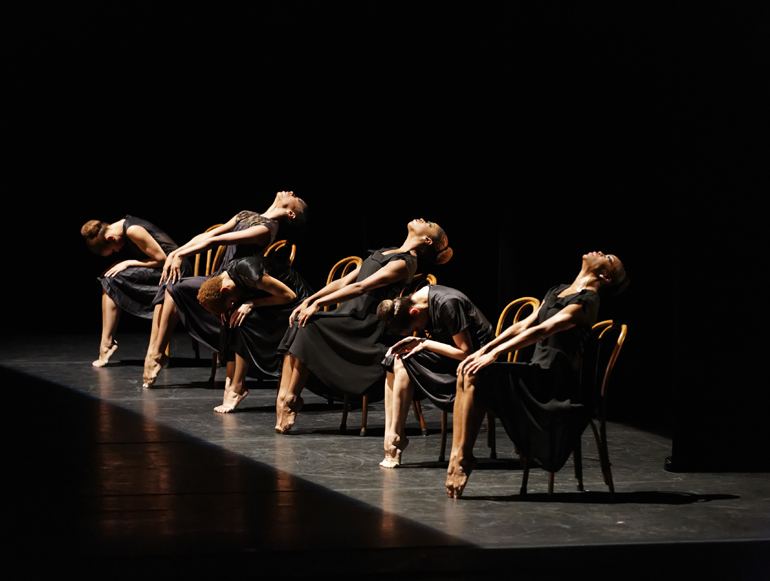
Me: What is your secret?
Al: What is my secret? Just being passionate, honestly. Loving everything that I take on. Not taking on anything into my bandwidth that I’m not passionate about, that I’m not going to either learn something from or push myself or my team in a way that’s going to be valuable. It’s not always about money or what you’re going to make doing a project. There is value in what we do and the projects that we take on, so that definitely feeds into what I do for outside projects. I need to have a way that I’m going to grow or to love something about it to do it.
Also, one of the secrets is surrounding yourself with a team of people that think like you, talk like you, love you, passionately love your work, and believe in your work. If you can surround yourself with those people and trust them explicitly, you can basically do six jobs at the same time. It’s somehow my reality in the last few years.
My company, Arc3 Design, has grown from just being focused on theatrical production to now branching into permanent-installation projects, very high-end special-event and social-event projects, social-political projects for some of the most important people you might imagine. Those have really driven us to create an opportunity to take on this aesthetic that is born at Ailey and branch that out into all of those different genres. That’s the general spirit of Arc3 and what I’m trying to do here at Ailey and outside of Ailey. It all comes from that same core spirit that I’m building here.
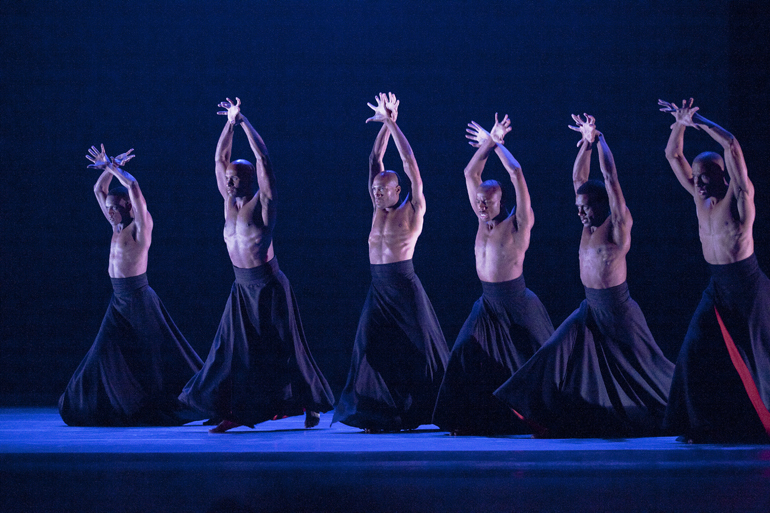
Me: What makes Ailey unique for you? You got your break with Ailey pretty young, right?
Al: I did. It’s a two-part answer. How I got my break ultimately was seeing Ailey, being completely transfixed by it, learning everything I possibly could, training as hard as I possibly could to be the best at my craft as I could, and then finding out and being very proactive about talking to people who had done this job. People who have come before me – the amazing lighting designer Chenault Spence, Daniel Bonitsky, Nick Cernovich, Tim Hunter – these are all lighting directors previously in the 60s, 70s and 80s. So, prior to even having an opportunity at Ailey, I reached out to them to just talk about what the job was like.
Me: Did they have that same passion, that same experience that you describe?
Al: Absolutely! Then I knew – this is real.
Me: There was something special about the company.
Al: Right. This wasn’t just me making this up in my head. There was a real spirit at this place, and so they were able to give me incredibly valuable feedback about what it would take to do the job, the kind of lifestyle it is, and how I needed to really zone in with training. You know, the kind of things that would make me valuable to Ailey from a training and spirit perspective.
Me: What kind of things were they saying? What kind of advice?
Al: About being human. It wasn’t like, ‘Okay, you need to learn how to do Lightwright and Vectorworks.’ None of these guys did Vectorworks when they were here. It was all hand-drawn and track sheets and piano boards. Ninety percent of it was about spirit. It was about being a human being. Ailey – from the beginning – hired individuals. He says that about his dancers, and I believe he did the same for his crew, his team and the people he surrounded himself with. Everyone are individuals, so if I could be true to myself and find the spirit of why I loved this thing I saw on stage and express that to people that were hiring, when I ultimately got an opportunity to do that, it really did come down to spirit.
They assumed I knew how to do a light plot and focus a 600-unit show and tour a show around the world, in 70+ countries, which I’ve been able to do in my time here with Ailey. They assumed I knew how to do all that. It wasn’t about that. It was about ‘What’s your spirit? Who are you?’ Now, hiring other people at Ailey as part of my responsibilities as lighting director, I use the same criteria. I can teach you how to focus a Leko, alright? And I can teach you how to do track sheets for dance. And I can teach you how to do load-in in seven hours effectively. This is all trainable stuff. I can’t teach you to be a human being. I can’t teach you to be cool. I can’t teach you to be passionate. We look for that first, and I think – to go back to your original question – that’s what makes this place unique, is that they hire based on your spirit and not based on your skills. We have some seriously skilled people on this crew. Don’t get me wrong. Like the best. From the technical director to the flymen to the carpenters to the stage managers, audio, props… these are the best that money can buy – I don’t want to say that word, because I don’t think that’s the right spirit for this particular company. They are the best spirits in the theater world that you could possibly put together in one room.
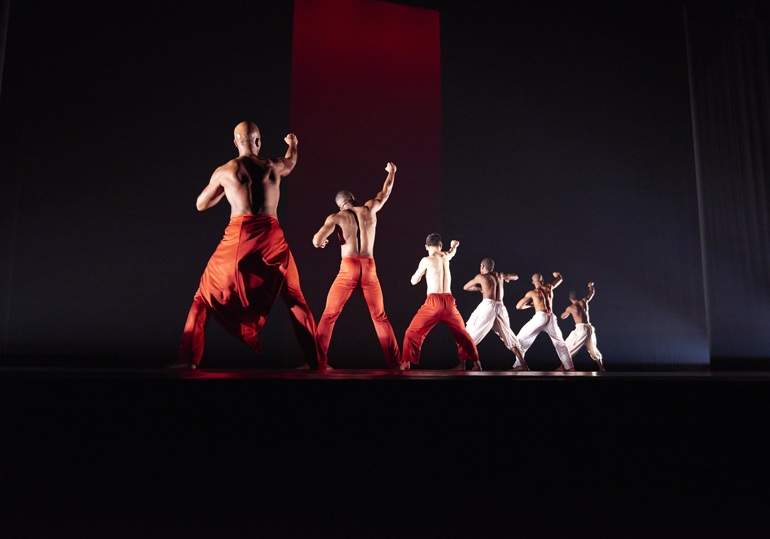
Me: What about those seven-hour load-ins? What is it like to pull something like that off, without going crazy, night after night or venue after venue? Can you describe it?
Al: It’s a ballet. It’s a choreographed ballet. A ballet starts when the music starts and it ends when the music ends and it happens at the same timing. At two minutes and 30 seconds, this happens, and two minutes and 52 seconds, this happens, and at three minutes and 15 seconds, this happens. Our load-in is the same way. Of course there is some liquidity that has to happen based on the venue and the flow of the day and all that, but once you understand the rhythm of our load-in, we don’t have to talk. Sometimes within departments, we’ll have a 10-15 minute chat in the morning about ‘Okay, this is odd. Let’s do this a little differently today.’ But in general, we don’t have to talk. It is a beautifully choreographed ballet of technical artisans installing equipment.
Our seven-hour load-in is from 8:00am. The doors open on four semi-trucks, back doors open, it’s an empty theater, and we’re off the stage sometimes at 3:00pm, show ready. With a crew that has never seen our gear. Our team is 15 of us and then 40-something locals who have no idea what they’re in for. It’s a combination of people, incredible communication skills of our crew and things that we have integrated that our predecessors—you know, Ailey’s been around 56 years—have figured out. These aren’t things that our team necessarily came up with in the last 15 years. This company has toured more than any other American institution in the world. These are all little things that we’ve put together. Of course we’ve added our own spirit, new technology, and all the lighting. Things that save seconds add up to minutes that add up to hours; all trickle down and have been handed down. So that’s how we get it done. I can know at any moment in that seven-hour period if we’re three minutes ahead of schedule, five minutes behind schedule… it’s pretty cool.
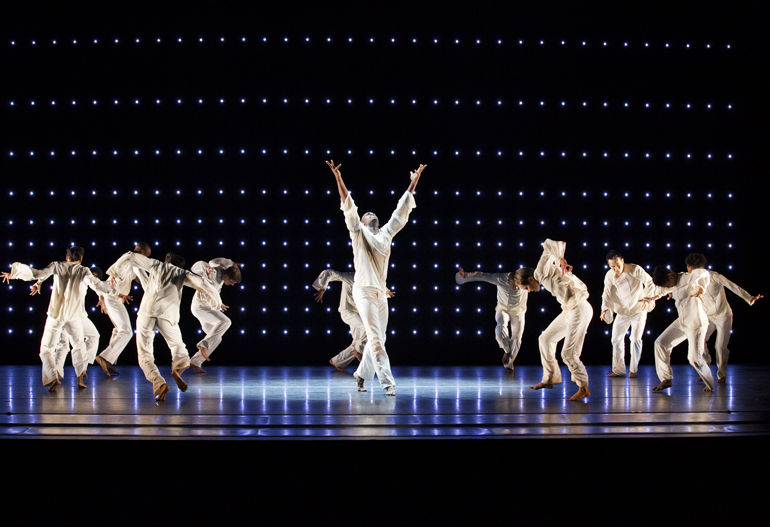
Me: I hear that the Ailey company and crew used to grill out. Do you still do that?
Al: Oh, yeah. Food is a huge part of touring life.
Me: Tell me all about the food.
Al: EJ [Corrigan], whom you spoke with before, has a degree from the French culinary. Having a technical director who is also a French-trained chef, is a very good thing. We travel with—and I won’t get too specific—a significant amount of cooking equipment. We travel with smokers, grills, deep-fat fryers. There is literally an ATA flight case of spices.
Food is a big part of our experience, and we like to break bread with our dancers and the local crews. There are theaters that we have relationships with around the world where every year we have annual barbecues, where we break bread and cook with them. For example, in Miami, Florida, at the Adrienne Arsht Center [for the Performing Arts of Miami-Dade County]. We were just there a few weeks ago. Every year we do a big Cuban pig roast with the crew, and not just the entire crew, but the entire organization at the Arsht, which has been a tradition for quite a number of years now. Another large barbecue is in Berkeley, California, at Cal Performances, at the Zellerbach Hall. That’s been 30 years of a barbecue tradition! And now we feed almost 400 people and we cook for a week. We almost start cooking immediately once arriving in the city. Of course the show is very important, but ultimately, internally, there’s another show happening in parallel. That is the barbecue that is coming on Saturday between our matinee and our evening show. It’s been written up in food magazines. Culinary writers have come out to review our barbecue. It’s a lot of fun.
You have to take care of yourself on the road. You have to party, you have to go out, you have to be social. People ask me, ‘How do you do all of this? You have Ailey and you teach and you have this company and all these things. When do you have a life?’ But you know what? I’m loving every minute. So as long as you’re loving every minute, there’s not that line between personal time and work time. Do I have time where I’m not totally focused in, design-wise? Sure. But it’s not such a delineation for me, and that helps. I’ve been on the road 17 years and I’ve been married 14 years – 14 of those 17, luckily. And it takes a special partner, I’ll tell you.
Me: And she’s patient and fine with it all?
Al: Yeah. She gets it. She actually has a degree in modern dance. She’s not a professional dancer anymore, so she doesn’t work in our circles. I’m very lucky to have a partner who understands our industry, but she’s not directly in my industry anymore, so she’s got her own circles of spirit and life and work and all that. It’s really nice. It’s a beautiful thing.
Me: I’m sure she’s happy for you and what you’re doing.
Al: She is. She’s incredibly supportive and she’s my biggest fan.
Me: Any advice in terms of making it work while on the road?
Al: Laugh a lot. She says I ‘do good phone.’
Just don’t forget. We get really busy out here. I stop if I think I want to say ‘I love you.’ I just do it. Stop. Reach out. Say ‘hi.’ Be active. You’ve got time. All the technology we have around us all the time has made it really easy to connect with people all around the world quickly. I’m embracing all of that. It’s all good. And any chance I have to go home—for example, we had a few days off here in Chicago. Monday and Tuesday we were off. Sunday night, I went home and I just flew back, because I’m not going to hang out in Chicago by myself. I want to go home and be with my wife.
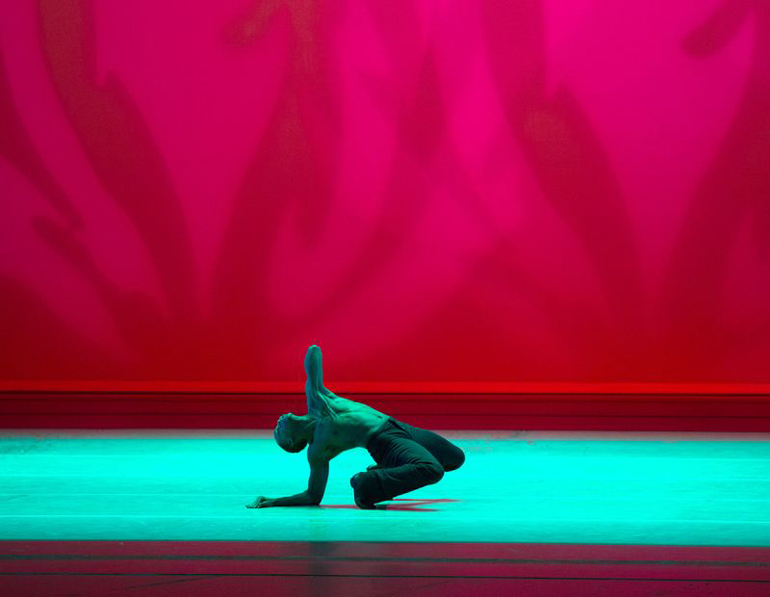
Me: I have a question, Ailey-based. Revelations has been on stage for so long and it’s still the same as it was when it was first performed. How do you stay involved in that and see that so often, and still keep the feeling of Revelations going – from the tech end of it?
Al: I’ll start by saying that I recently counted an estimate of the number of times I’ve watched Revelations and we’re approaching 7,000. It has definitely been one of those parts of my life where you are preserving something, you’re preserving an American masterpiece, and so your spirit and passion around it has to not falter at any moment. And that is in the hands of the dancers, in the hands of the stage managers, in the hands of the guy pulling the rope for the drop change, the guy focusing the flames on the cyc or the sun, and in my hands to continue the spirit of what the lighting has looked like from its creation in 1960. It was Nick Cernovich and 12 Fresnels in the bottom of a station wagon to now touring it amongst a lot of other repertory, modern technology and the like, and an audience that was much bigger than it was in 1960.
That’s been the challenge over time – how do you keep that same spirit of Revelations, have it look “the same,” but it’s not really the same. Things have changed. It’s brighter. It’s crisper. It’s probably what they might have wanted. I’ve been blessed to have really great conversations with Nicholas Cernovich, the lighting designer, who is enjoying his time in Montreal now. I’ve gotten the chance to talk to him a number of times now about Revelations, the development of it over the past 50-plus years. He came to see a performance and gave me three pages of notes, which I’ll cherish for the rest of my life. It’s my life’s work, honestly.
Do I get tired of watching Revelations every night? Yes! I will not lie to you, but I’m still passionate about it. I still love the company. I have found that I have to take nights off from Revelations, because I stop seeing things. I stop really understanding what it is. So, I’ll take a night or two off in a given week, just to come back and see it open in a city, just to make sure it looks great, and then I might take maybe Wednesday or Thursday night off from Revelations and I’ll come back on Friday and see it again.
Me: So you’re still working on it?
Al: Yeah, you just have to figure out how to pace yourself with something like that. But I love that it still transcends and communicates to people all over the world the way that it does. Our little piece – in terms of lighting and the technical aspect – is about consistency and about creating those elements around the world in all these different venues and doing it in a way that still speaks back to that first performance in 1960 at the YMCA in New York. I still feed back to that spirit. It’s great to have a lifework piece to protect. I’m very fortunate to have Revelations in my life. I can’t wait for you to see it.



